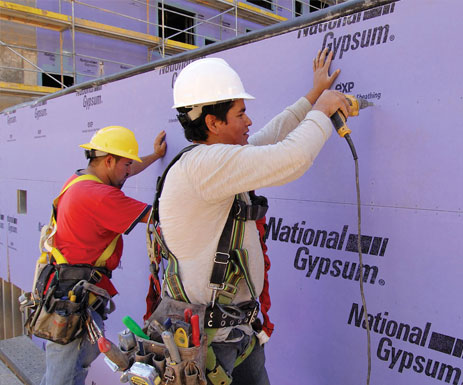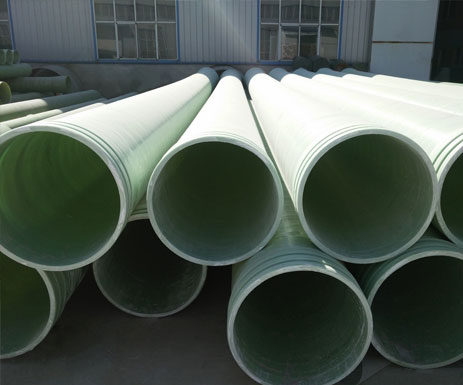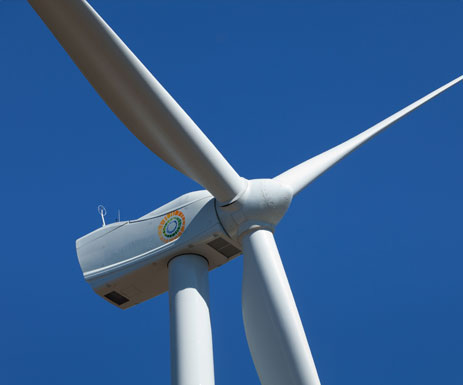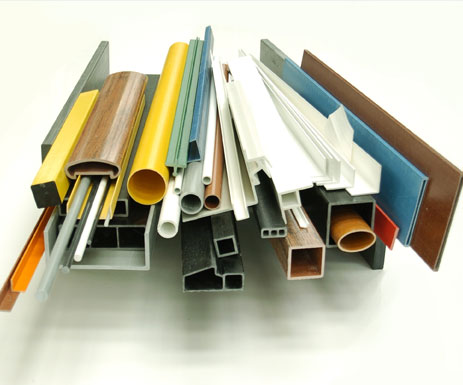Carbon Fibre Synthesis and Research
 Feb 26, 2024|
Feb 26, 2024| View:51
View:51Carbon Fibre Synthesis and Research
1、What is carbon fibre
Carbon fibre is a new type of fibre material with high strength and high modulus fibre containing more than 95% carbon. It is made of organic fibres such as flake graphite microcrystals stacked along the axial direction of the fibre, and the microcrystalline graphite material obtained through carbonization and graphitization. Carbon fibre is "flexible on the outside and rigid on the inside", lighter than aluminium, but stronger than steel, and has the characteristics of corrosion resistance and high modulus, and is an important material in the defence industry and civil use. It not only has the inherent intrinsic characteristics of carbon materials, but also has the softness and processability of textile fibres, is a new generation of reinforcing fibres.
2、Physical and chemical properties
Carbon fibre is a new material with excellent mechanical properties. Tensile strength of about 2 to 7 GPa, tensile modulus of about 200 to 700 GPa, density of about 1.5 to 2.0 grams per cubic centimetre, in addition to the structure of the original filaments are related to the main decision on the temperature of the carbonisation process. Generally after high temperature 3000℃ graphitising treatment, the density can reach 2.0 grams per cubic centimetre. Coupled with its light weight, its specific gravity is lighter than aluminium, less than 1/4 of steel, specific strength is 20 times that of iron.
The coefficient of thermal expansion of carbon fibre is different from that of other fibres, which is anisotropic. The specific heat capacity of carbon fibre is generally 7.12. Thermal conductivity decreases with increasing temperature parallel to the direction of the fibre is negative (0.72 to 0.90), while perpendicular to the direction of the fibre is positive (32 to 22).
The specific resistance of carbon fibres is related to the type of fibre, with a high modulus of 775 and a high strength carbon fibre of 1500 per centimetre at 25°C. This gives carbon fibres the highest specific strength and specific modulus of any high performance fibre.
Compared with titanium, steel, aluminium and other metal materials, carbon fibre has high strength, high modulus, low density and small coefficient of linear expansion in physical properties, which can be called the king of new materials.
Carbon fibre resin composite material tensile strength are generally more than 3500 MPa, is 7 to 9 times the steel, tensile modulus of elasticity of 230 to 430GPa is also higher than the steel; therefore, the specific strength of CFRP that is the ratio of the strength of the material and its density can be more than 2,000 MPa, while the specific strength of the A3 steel is only 59 MPa or so, and its specific modulus is higher than that of steel.
Compared with the traditional glass fibre, Young's modulus (refers to the physical quantity that characterizes the tensile or compressive strength of material within the elastic limit) is more than three times that of glass fibre; compared with Kevlar fibre, not only is Young's modulus about two times that of Kevlar fibre. Tests on carbon fibre epoxy laminates have shown that both strength and modulus decrease with increasing porosity. The effect of porosity on the interlaminar shear strength, flexural strength, flexural modulus is very large; tensile strength with the increase in porosity decreases relatively slowly; tensile modulus is less affected by porosity.
Carbon fibre also has excellent fibre (one of the expressions of fibre is 9000 m long fibre grams), generally only about 19 grams, tensile strength of up to 300 kg per micron. Few other materials have as wide a range of properties as carbon fibre, making it ideal for use in areas with stringent requirements for purpose, stiffness, weight, fatigue properties, and so on.
When not in contact with air and oxidants, carbon fibre is able to withstand temperatures above 3,000 degrees Celsius, and has outstanding heat resistance. Compared with other materials, carbon fibre does not begin to decline in strength until the temperature is above 1,500 degrees Celsius, and the higher the temperature, the greater the decline in fibre strength. Carbon fibre radial strength is not as strong as axial strength, thus carbon fibre taboo radial strength (i.e. can not tie) and other materials whisker performance has long been greatly reduced. In addition carbon fibre also has good low temperature resistance, such as liquid nitrogen temperature is not brittle.
The chemical properties of carbon fibre and carbon acquaintance, it can be oxidised by strong oxidants in addition to the general alkaline is inert. In the air at temperatures higher than 400 ℃ there is a significant oxidation, generating CO and CO2. Carbon fibre on the general organic solvents, acids, alkalis have good corrosion resistance, insoluble and non-expansive, corrosion resistance out of the ordinary, there is no problem of rust. Some scholars in 1981 PAN-based carbon fibre immersed in a strong alkali sodium hydroxide solution, the time has passed more than 30 years, it still maintains the fibre form. However, its impact resistance is poor, easy to damage, oxidation occurs under the action of strong acid, the electric potential of carbon fibre is positive, while the electric potential of aluminium alloy is negative. When carbon fibre composites are used in combination with aluminium alloys, metal carbonisation, carburisation and electrochemical corrosion will occur. Therefore, carbon fibre must be surface treated before use. Carbon fibre also has the characteristics of oil resistance, radiation resistance, radiation resistance, absorption of toxic gases and deceleration of neutrons.
3、Preparation method
Carbon fibre can be made from polyacrylonitrile fibre, asphalt fibre, viscose yarn or phenolic fibre by carbonization. The more common application of carbon fibre is mainly polyacrylonitrile carbon fibre and asphalt carbon fibre. The manufacture of carbon fibres includes four processes: fibre spinning, heat stabilisation (pre-oxidation), carbonisation and graphitization. The accompanying chemical changes include, dehydrogenation, cyclisation, pre-oxidation, oxidation and deoxygenation.
From viscose fibers to produce high mechanical properties of carbon fibers must be high-temperature stretch graphitization, carbonization yield is low, technical difficulties, equipment complexity, the product is mainly used for ablative materials and insulation materials; carbon fibre made from asphalt, rich source of raw materials, carbonization yield is high, but because of the complexity of raw material modulation, product performance is low, has not yet been the development of large-scale; by the polyacrylonitrile fibers can be made from the raw material of high-performance carbon fibers, its production process is simpler than the other methods, the production process is simpler than the other methods. Its production process is simpler than other methods, excellent mechanical properties, since the 1960s in the carbon fibre industry after the development of good.
In order to get good quality carbon fibre, we need to pay attention to the following technical points: (1) To achieve the carbon fibre production process, we need to make the following technical points
(1) To achieve high purity, high reinforcement, densification and surface finish is the first task in the preparation of high-performance carbon fibre. Carbon fibre system engineering needs to start from the polymerisation monomer of the raw filament. The quality of the filament determines both the nature of the carbon fibre and its production cost. High-quality PAN filaments are the primary requisites for the manufacture of high-performance carbon fibres.
(2) impurity defects minimization, which is to improve the tensile strength of carbon fibre fundamental measures, is also a popular topic of research scientists. In a sense, the process of improving strength is essentially the process of reducing and minimising defects.
(3) In the pre-oxidation process, to ensure homogenisation under the premise of shortening the pre-oxidation time as much as possible. This is a directional subject to reduce production costs.
(4) Research on high-temperature technology and high-temperature equipment and related important components. High-temperature carbonisation is generally at 1,300 to 1,800°C and graphitization is generally at 2,500 to 3,000°C. Operating at such high temperatures, both continuous operation, but also to improve the service life of the equipment, so the study of a new generation of high-temperature technology and high-temperature equipment is particularly important. Such as microwave, plasma and induction heating in the inert gas protection, oxygen-free state and other technologies.
4, Prospects
World carbon fibre production reached more than 40,000 tons per year, the whole carbon fibre production line world is mainly Japan, the United States, Germany and South Korea and a few other countries mastered the core technology of carbon fibre production, and there is a large-scale large-scale production.




















View More(Total0)Comment lists